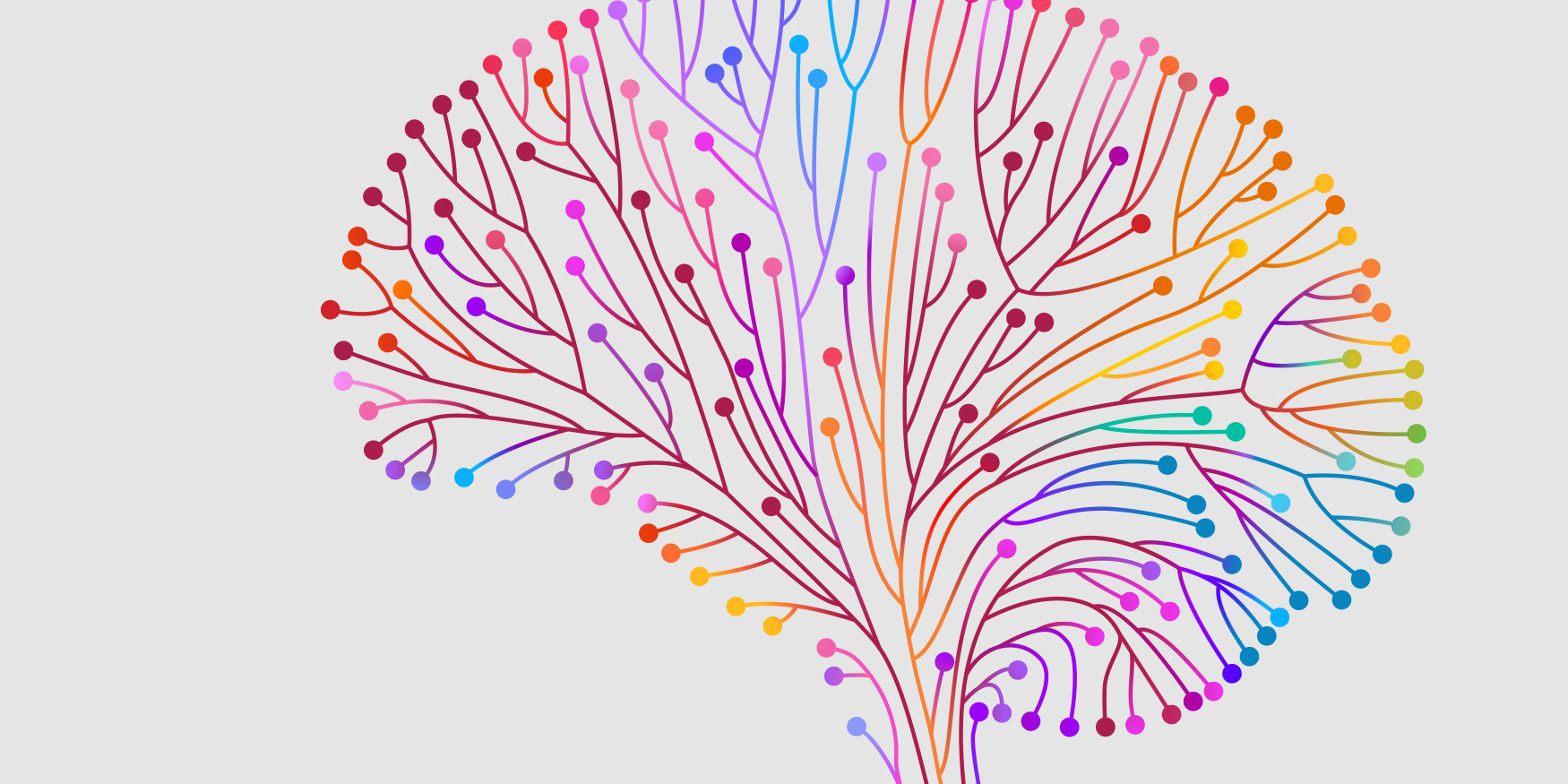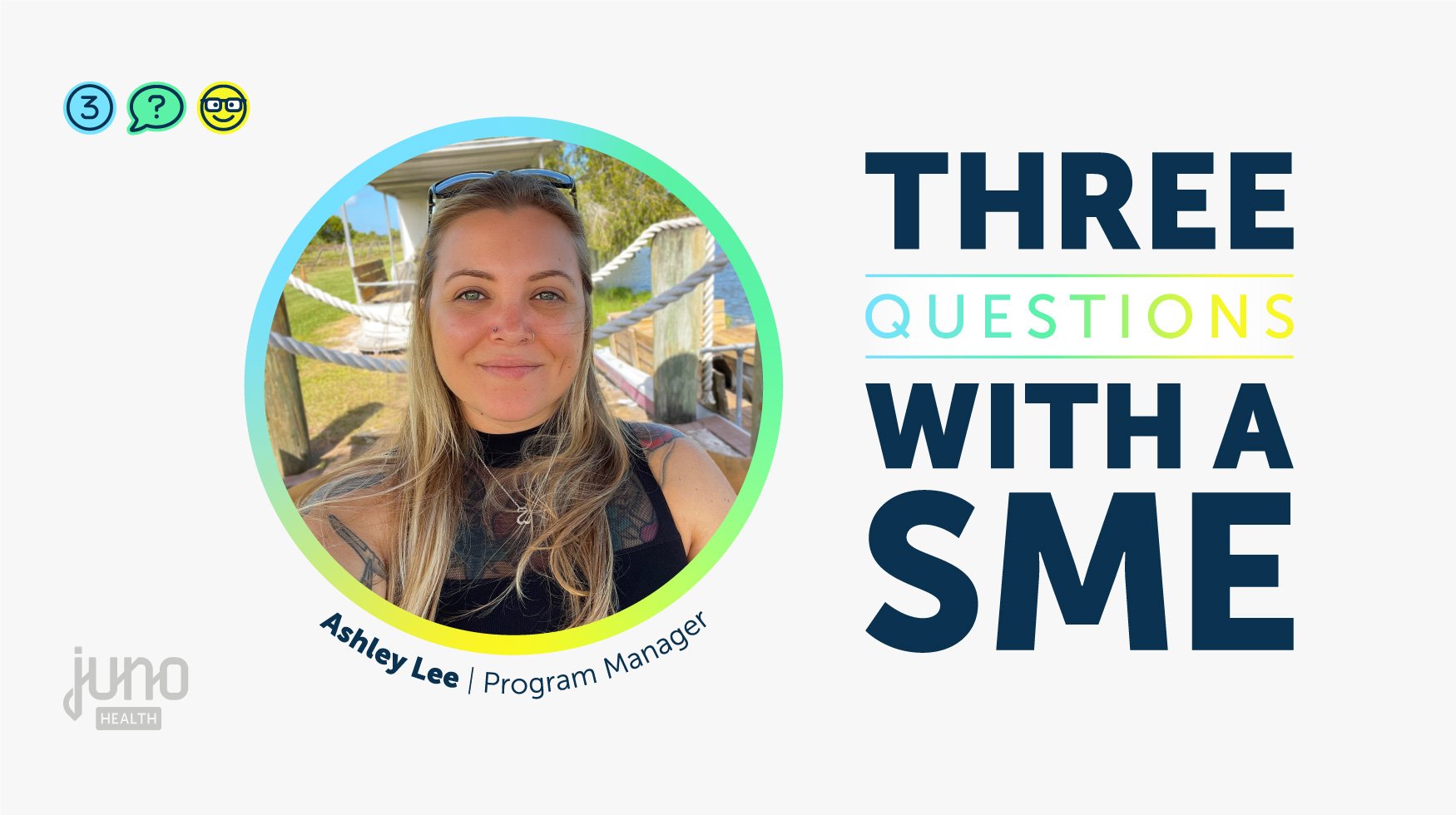Q&A With Maria Collado, MSN | Sr. Solution Demonstration Specialist at DSS, Inc.
Q: What brought you to DSS? What drove you toward Electronic Health Records?
Well, I decided to come to DSS because I wanted to see what the other world looked like. What does the other side of the coin do and why do they make the mistake of putting the button over here when the button should be over there! And why in the world do I have to drill down from the menu bar or access multiple places to get one report? And how many clicks is it going to take to finally document this stuff? Basically, I thought, “I want to make a difference; where would I make the most difference?” So, lo and behold, I went to DSS. I was a trainer and eventually moved to the developmental side. I got involved with our commercial products and I became a Product Line Manager. And that’s where the whole heart of Juno EHR started. I was part of the working process.
Q: So, you’ve been working with different EHRs for a long time. Tell us some of the pain points you experienced with those early ones.
I was originally on a legacy EHR. Everything was segregated. Even though there was a single sign-on, everything was siloed. You’d have to have a specialist for Surgical Management, Physician Portal, etc. So we’d have to have groups within the department that handled the particular nuances that came up every day.
Q: And what do nurses, specifically, dislike about these early EHRs?
There are so many heartaches when it comes to an EHR that nurses just don’t like. For example, why do we have to go through a menu to find what I need when someone could just put a little button right here! A little bitty button that says “Reports!” Why do we have to go to the file menu, or the menu bar, then find reports, go to labs, then to radiology, and finally see the report. It could be right there! All it must be is a little icon that we could click. How many clicks do you have do to find that lab report?! That’s one of the heartaches. You have nurses working the critical care area with a very ill patient on the phone with a physician trying to get the things they need for the patient, and they can’t find what they are looking for.
Q: What do you think is the one best thing that Juno EHR does that addresses these paint points?
Juno EHR is so highly configurable. For example, for many platforms, if you want to change something in the navigation or functionality you must submit a change request and it has to be reviewed. Once it’s reviewed, they come back and let you know how much it’s going to cost you and then that must go to your board, and they have to vote on it and now 30 days have gone by. Once it’s approved by the hospital it goes back to the vendor for research, design and development. From development it goes to QA. By then 60 days have gone by. If the client doesn’t like it, it goes all the way back to development. Now we are looking at 90 to 120 days. With Juno EHR you don’t have to wait 90 or 120 days to get something changed. Once someone at your organization is trained, they can configure anything you need within the configuration module.
Q: You were at the AONL conference this year showing off Juno EHR. How’d nurses respond to it?
At AONL we had a lot of nurses that saw our platform and went “ this is so easy on the eyes,” or “ this is so easy to navigate,” or “ I have the information right here at my fingertips!” We can configure Juno EHR in three different ways, which nurses really like:
- We can create a flowsheet which allows you to click, enter, and go.
- We can do a combination of flowsheet and notes so that you can say, “okay, I am going to do vital signs and problems,” and click and go.
- You can have a nursing admission workflow.
In other EHRs, all these different tasks are in different areas. With Juno EHR’s nursing admission workflow, we’ve put everything together. For example, we embedded RxTracker for medications; you can either find it in the medications tab or in the workflow. Patients are spending less time repeating themselves, and nurses are spending less time doing redundant entries.
Q: We know that clinicians across the country are burning out and that bad EHRs are partly to blame for that. What advice do you have for nurses coming across new clinician technology making big promises?
First of all, have an open mind and give it a try. Just because it looks funny or smells funny doesn’t mean it tastes bad. It could be the best, most delicious food you’ve ever tasted! Nurses also need to demand what they want. We are the biggest workforce in any hospital. And, finally, question the people that are producing this tool for you. Ask them if they have any clinical knowledge. Ask them if they know your workflow. Ask them what kind and how much research they’ve done.
Power to the Providers
Every day we are working to redefine the EHR, elevating what exists today and unlocking new potential to build smarter, more flexible solutions. Meet the people dedicated to giving the power back to the providers.
Watch Video


